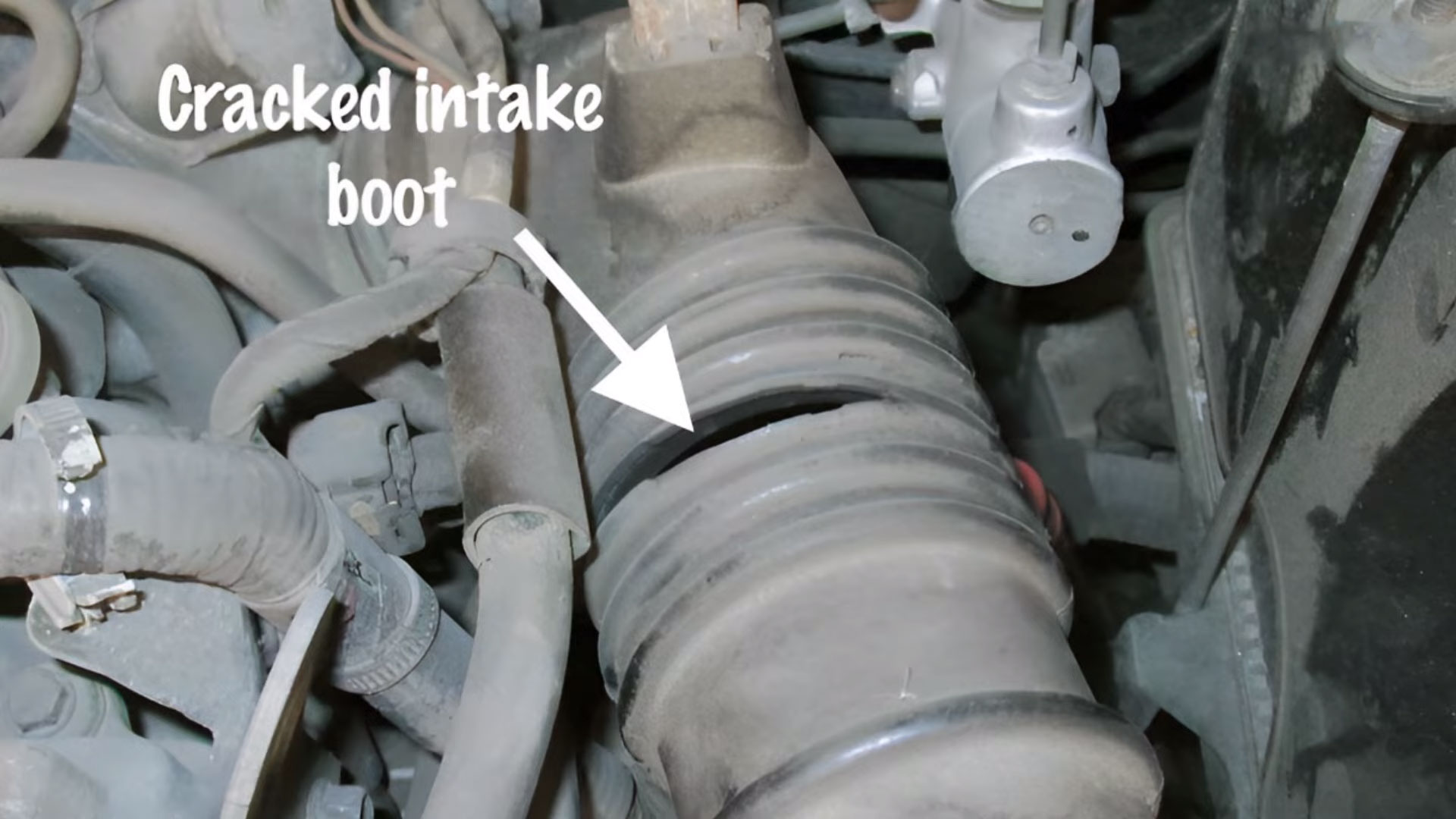I’m a car expert, but sometimes things just decide to go haywire. Like anyone else, you expect your car to run fine after replacing that “super important” MAF sensor that controls the car breathing system. If you are wondering why a car runs worse with a new MAF sensor, you are not the first. It happened to me, and I will share how I solved it.
Contents
Car Runs Worse With New MAF
I replaced the MAF sensor on my Toyota Corolla 2006 model because I believed it was the reason behind the misfires. As the old MAF came out and the shiny new one slid into place, optimism filled the air as I could easily confirm the old one was oily.
The engine roared to life, but instead of the harmonious purr I expected, an unsettling growl emanated from under the hood. The once-smooth acceleration now stuttered and hesitated, as if the heart of the car had developed a perplexing arrhythmia.

It was a conundrum that left me scratching my head, pondering the unexpected twist in my quest for a smoother ride. How could a seemingly straightforward replacement turn my car from a reliable companion into an unpredictable puzzle on wheels? Now, if you are in a similar situation, let’s explore the things that might have gone wrong.
Faulty Replacement Part
Different MAF sensors have varying specifications, including the voltage range, signal frequency, and calibration. If the replacement sensor does not match the specific requirements of your vehicle, it can provide inaccurate readings to the Engine Control Unit (ECU), leading to improper fuel-air mixture and degraded engine performance.
Advances in sensor technology can lead to variations in design and functionality even within the same type of sensor. Replacing an older MAF sensor with a newer version may require additional adjustments or calibration to prevent the common MAF sensor problems.
That means the new sensor should be precisely for your car make, model, year of manufacture and trim. However, this might not be your pain point if you were careful enough with the part number when buying the new sensor. So, let’s move to more serious issues.
Air Intake System Leaks
The MAF sensor measures the amount of air entering the engine, and if there are leaks, the actual amount of air may be higher than what the MAF sensor indicates. This can lead to an incorrect air-to-fuel ratio, causing poor combustion and negatively impacting engine performance.

This can manifest as stalling, hesitation during acceleration, or a generally unstable running condition, making the car run worse even with a new MAF sensor. What does this tell you? The problem might not have been a faulty sensor in the first place.
The question is, why is the car running worse with the new sensor? A simple answer is: you have interfered with the air duct when replacing the sensor. Here are the things to consider:
- The air duct often contains seals and gaskets to prevent air leaks. If these seals are damaged or not properly resealed after interference during MAF sensor replacement, it can lead to additional points of air leakage.
- Interfering with the duct can worsen the misconnections and misalignments that might causing the air leak
Dirty or Contaminated MAF Sensor
Even a brand-new MAF sensor can be susceptible to contamination if you mishandle it during the installation process. The engine bay is not a sterile environment, and particles like dirt, dust, or small debris may be present.
The MAF sensor has a delicate sensing element that measures the incoming air. Touching this element with bare hands or allowing it to come into contact with contaminants can leave residues that interfere with its ability to accurately measure airflow.

If the air filter housing or the MAF sensor itself is not sealed properly after installation, it can expose the sensor to external elements. This can lead to the accumulation of dirt and debris, making the car run worse. The solution is to clean the sensor.
Sensor Calibration Issues
Now, let’s get to the elephant in the room. The calibration or programming of the MAF sensor is crucial to ensure that it accurately measures the incoming air and provides the correct data to the ECU. Different vehicles have varying requirements for MAF sensor calibration due to differences in engine design, air intake systems, and electronic control systems.
Failing to calibrate the new MAF sensor according to the specific specifications of the vehicle can result in inaccurate readings and an improper air-to-fuel ratio. This results in rough idling, poor acceleration, hesitation, and reduced power.
Failing to calibrate the MAF sensor may trigger the vehicle’s on board diagnostics system to detect discrepancies and illuminate the Check Engine Light. Usually, resetting the ECU can help recalibrate the sensor. Use the following steps to reset the ECU so it can rescan the state of the MAF sensor.
- Turn off the ignition and disconnect the negative terminal using a wrench
- Wait for at least 10-15 minutes to allow the Engine Control Unit (ECU) to reset.
- Reattach the negative battery terminal securely
- Turn the ignition key to start the engine.
- Allow the engine to idle for a few minutes to allow the system to relearn the new sensor’s values.
- Note that in some vehicles, you may need to manually reset the ECU using a scan tool

Final Thoughts
Don’t allow a new MAF sensor to turn your trusty vehicle into a mechanical clown car. If your engine has sputtered, coughed, and finally choked into silence after installing a new sensor, simply use the above tips to resolve. Remember to follow the user’s manual for your specific car model.

